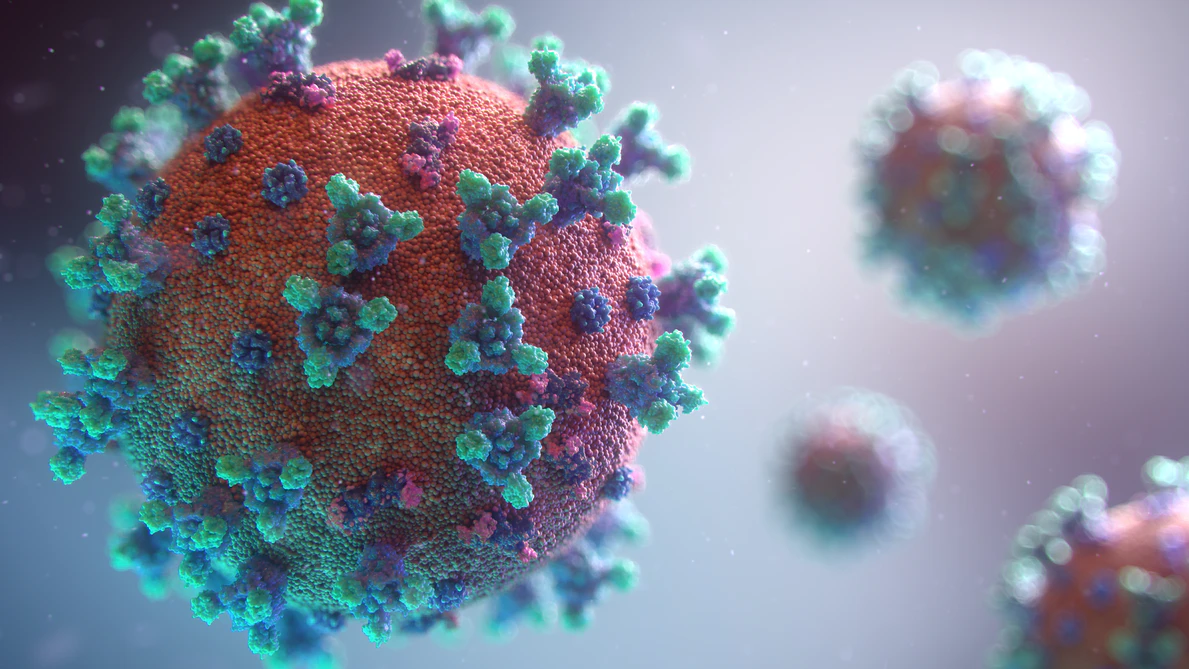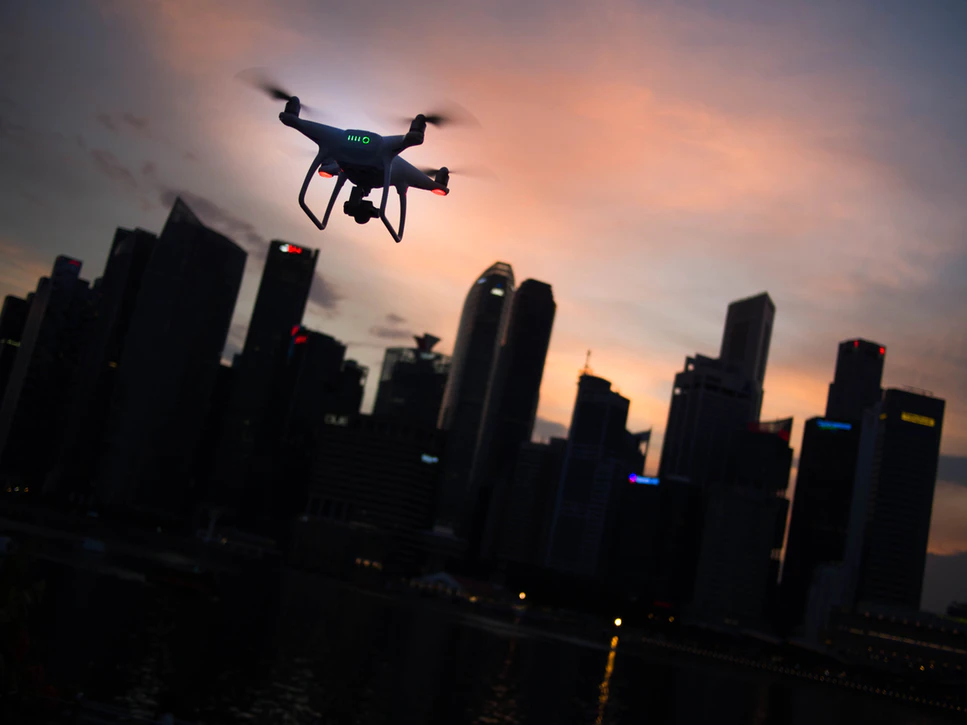While our interconnected world helps pandemics spread faster, it can also quicken our response time. Technological advancements allow us to track disease spread, monitor citizens, and control the delivery of essential items during a pandemic response.
COVID-19 continues to grip the globe, but once the virus threat wanes, there will undoubtedly be lots of reflection over how communities can prepare better for the next pandemic. Since smart cities (such as Phoenix!) are outfitted with features that speed up response, city officials and urban planners will likely look at this technology as a new line of defense.
Smart cities use Internet of Things (IoT) sensors to collect data in real-time, which then allows planners and researchers to make smart, informed decisions around resources and services.
Read on to discover five ways smart city technology can help flatten the curve.
Internet Connectivity
IoT sensors make collecting data possible in smart cities, so internet connectivity is key. Just as the internet allows researchers and planners to stay informed, it can also help citizens stay up to date with the latest developments.
Free public Wi-Fi is one feature cities such as New York City have already implemented. This allows citizens to be able to connect online from anywhere.
Even citizens without access to a laptop or smartphone can stay up to date. Information kiosks set up throughout the city can be updated in real-time. This allows residents regardless of their socioeconomic status to receive updates.
Disease Tracking
City planners can use disease tracking software to make decisions about public safety. Big data and natural language processing make tracking outbreaks through the Internet possible.
Canadian company BlueDot was the first to send out an alert about an unusual cluster of pneumonia cases in Wuhan, China, on December 30. It took the World Health Organization 10 more days to issue a public statement about the novel coronavirus.
Geolocation
Geolocation data can pinpoint a smartphone user’s GPS location at any moment. This data is often sold to private companies for marketing and behavior analysis purposes, but city officials can also benefit from this data.
Because geolocation tracks human movements, it can make predicting future movements more accurate. City officials can use past behavioral data to decide which areas of a city need to be shut down due to overcrowding. It can also make decisions around curfews, senior hours and other city ordinances more strategic.
Autonomous Delivery
Contactless delivery has become an essential service during the fight against COVID-19. Restaurants and retailers have raced to find the best way to eliminate human-to-human contact, yet looming technological advancements such as autonomous delivery are designed to do just that.
Self-driving trucks, autonomous ships and delivery drones are all just a few regulatory steps away from becoming mainstream. These future technologies allow machines, rather than humans, to be the last step in the delivery of goods.
Smart cities can manage these delivery services to prioritize deliveries coming in and out of an urban area. Items such as medicine and food can be delivered first, whereas nonessential items can be backlogged for later delivery.
Autonomous delivery makes the transportation process safer for everyone, consumers and workers alike.
Drone Surveillance
Speaking of drones — some smart cities, such as Wuhan, have used drone surveillance in their COVID-19 response plans. While this move is controversial and may not be met with the same acceptance in the United States, drone surveillance does allow police to enforce curfews and social distancing measures without risking their own safety.
Some drones, such as the ones in China, have been outfitted with infrared cameras to track body heat. While accuracy is still up for debate, the idea is that the cameras can spot citizens who may be running a fever and send them home to quarantine.
The IoT allows us to make faster, more informed decisions. Many lessons will be learned from the COVID-19 response, and many city leaders and urban planners will look to smart cities as a great line of defense against pandemics of the future.
To learn even more about how smart cities work day-to-day, check out this visual from The Zebra below.
Courtesy TheZebra.com



















Speak Your Mind
You must be logged in to post a comment.